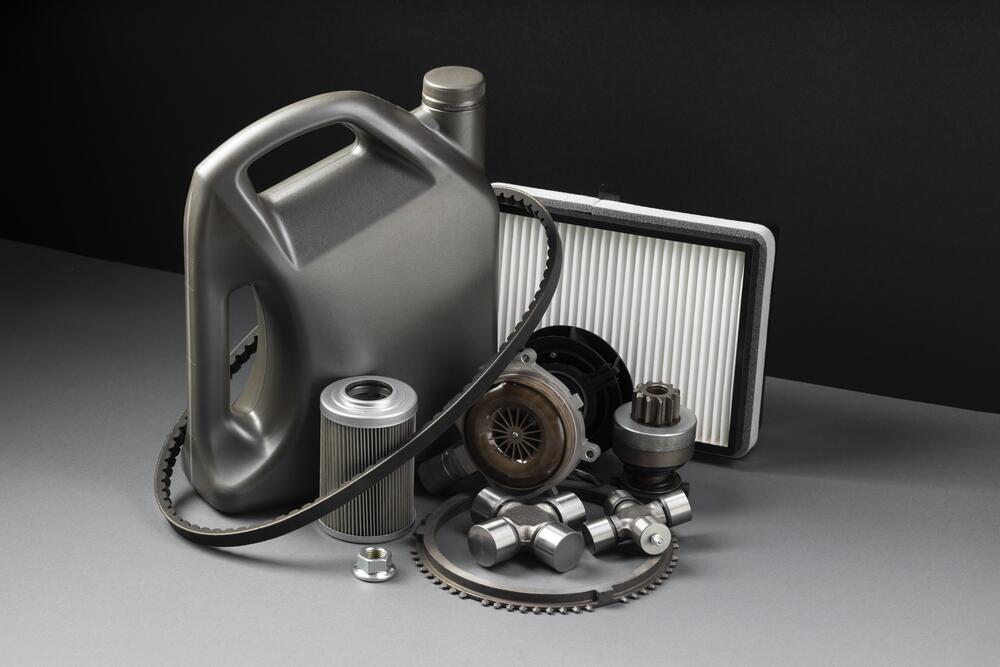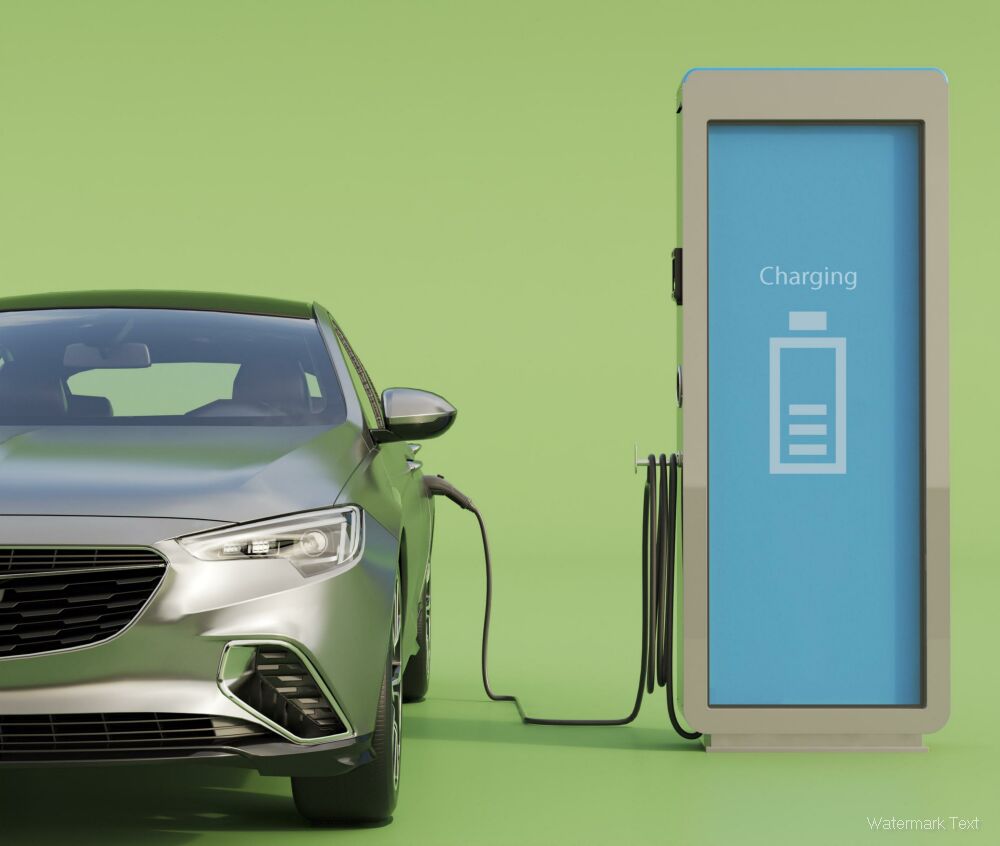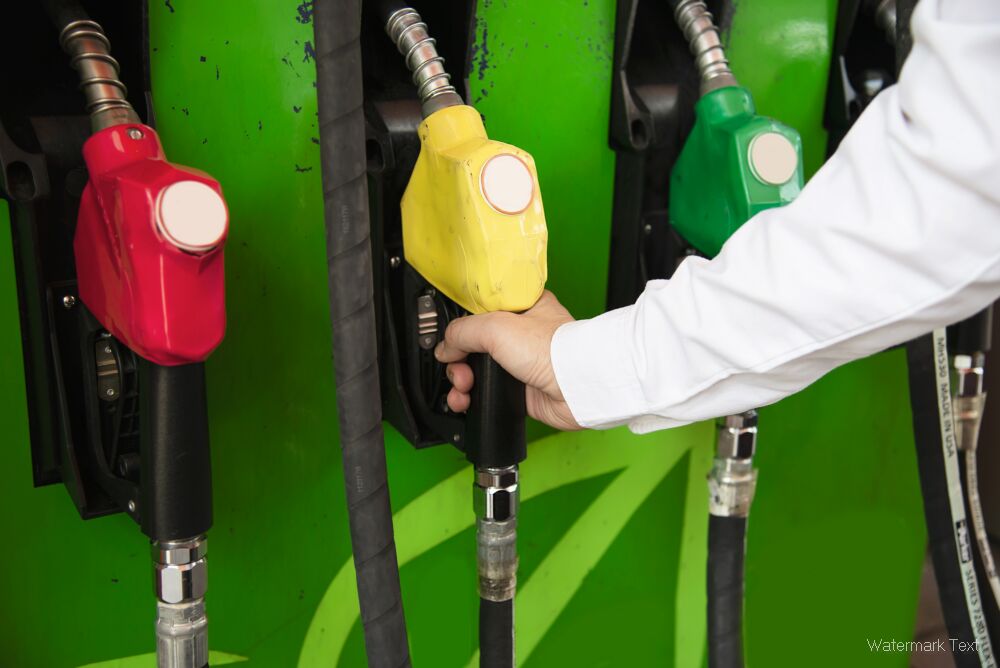When it comes to cars, the engine is the heart that powers everything. ?? Understanding the different types of car engines can help you make informed decisions when purchasing a vehicle or simply enhance your knowledge about automotive technology. In this blog, we will explore various engine types, their advantages, and how they compare in terms of performance, efficiency, and environmental impact. Let’s dive in!

1. Internal Combustion Engines (ICE)
Internal combustion engines are the most common type of engine found in vehicles today. They operate by igniting a mixture of fuel and air within a combustion chamber, producing power through the expansion of gases. There are two main types of internal combustion engines: gasoline and diesel.
Gasoline Engines
Gasoline engines are known for their smooth operation and higher RPMs. They typically have a higher power-to-weight ratio compared to diesel engines. Here are some key statistics:
| Feature | Gasoline Engines |
|---|---|
| Average Efficiency | 20-30% |
| Power Output | 100-300 hp |
| Torque | 100-250 lb-ft |
| Emissions (CO2) | 2.3 kg/liter |
Diesel Engines
Diesel engines, on the other hand, are known for their fuel efficiency and durability. They are commonly used in heavy-duty vehicles. Here’s how they stack up:
| Feature | Diesel Engines |
|---|---|
| Average Efficiency | 30-40% |
| Power Output | 200-600 hp |
| Torque | 300-800 lb-ft |
| Emissions (CO2) | 2.7 kg/liter |
2. Electric Engines
Electric engines are becoming increasingly popular due to their environmental benefits and lower operating costs. They use electric motors powered by batteries, eliminating the need for traditional fuel. Here are some compelling statistics:
| Feature | Electric Engines |
|---|---|
| Average Efficiency | 85-90% |
| Power Output | 100-500 hp |
| Torque | Instant torque |
| Emissions (CO2) | 0 kg/liter (if charged with renewable energy) |
Electric vehicles (EVs) are not only eco-friendly but also offer a quieter and smoother driving experience. For more information on the benefits of electric vehicles, check out this comprehensive guide.
3. Hybrid Engines
Hybrid engines combine both internal combustion and electric engines to optimize fuel efficiency and reduce emissions. They can operate in various modes, switching between the gasoline engine and electric motor as needed. Here’s a comparison:
| Feature | Hybrid Engines |
|---|---|
| Average Efficiency | 30-50% |
| Power Output | 100-300 hp |
| Torque | 150-300 lb-ft |
| Emissions (CO2) | 1.5 kg/liter |
Hybrids are a great option for those who want to reduce their carbon footprint without fully committing to an electric vehicle. For a deeper dive into hybrid technology, visit this informative resource.
4. Rotary Engines
Rotary engines, also known as Wankel engines, are less common but offer unique advantages. They use a triangular rotor instead of pistons, resulting in a compact design and fewer moving parts. Here’s how they compare:
| Feature | Rotary Engines |
|---|---|
| Average Efficiency | 15-20% |
| Power Output | 100-300 hp |
| Torque | 80-200 lb-ft |
| Emissions (CO2) | 2.5 kg/liter |
While rotary engines are known for their high RPM capabilities and lightweight design, they tend to be less fuel-efficient than traditional engines.
Conclusion
Understanding the different types of car engines is essential for anyone interested in automobiles. Each engine type has its own set of advantages and disadvantages, making them suitable for different driving needs and preferences. Whether you’re considering a gasoline, diesel, electric, hybrid, or rotary engine, knowing the facts can help you make the best choice for your lifestyle.
As the automotive industry continues to evolve, staying informed about engine technology will empower you to make smarter decisions. ? So, which engine type do you think suits you best? Let us know in the comments below!



